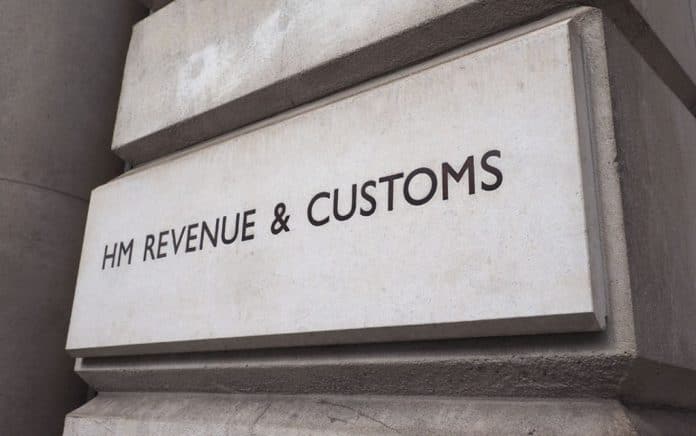HM Revenue & Customs (HMRC) has resumed the controversial programme which allows it to collect unpaid tax direct from the bank accounts of individuals and businesses who have the means but refuse to pay.
The direct recovery of debts (DRD) scheme was paused during the COVID-19 pandemic, but it has now been restarted in a “test and learn” phase.
It gives HMRC the power to compel banks and building societies to transfer funds directly from accounts to settle a tax bill.
DRD can be used when debtors owe at least £1,000, have passed the timetable for appeals, and have repeatedly ignored HMRC’s attempts to make contact.
The tax department must always leave a minimum of £5,000 in the debtor’s accounts, to ensure they have money to pay wages, mortgages or essential business or household expenses.
Figures show that £42.8bn in tax is currently owed to HMRC. The government recently announced £630 million of investment in HMRC’s ability to recover debt, including 2,400 new debt management staff. The target is the tax authority being able to collect over £11 billion more debt by the end of 2030.
Dawn Register, a tax dispute resolution partner at BDO, said:
“Given the pressure on public finances, it’s clear that HMRC is determined to get tougher on those who can pay but don’t pay.
“The relaunch of this draconian power underlines how important it is not to stick your head in the sand and ignore HMRC demands.
“For those who are struggling financially we would always recommend that they explore Time to Pay options to allow them to pay in instalments.
“HMRC needs to strike the right balance between supporting businesses and individuals in genuine financial difficulty, while being assertive with those who can afford to pay but choose not to.
“There will undoubtedly be practical challenges for HMRC in using these powers but we hope that the safeguards in place will prevent HMRC from overstepping the mark.”

